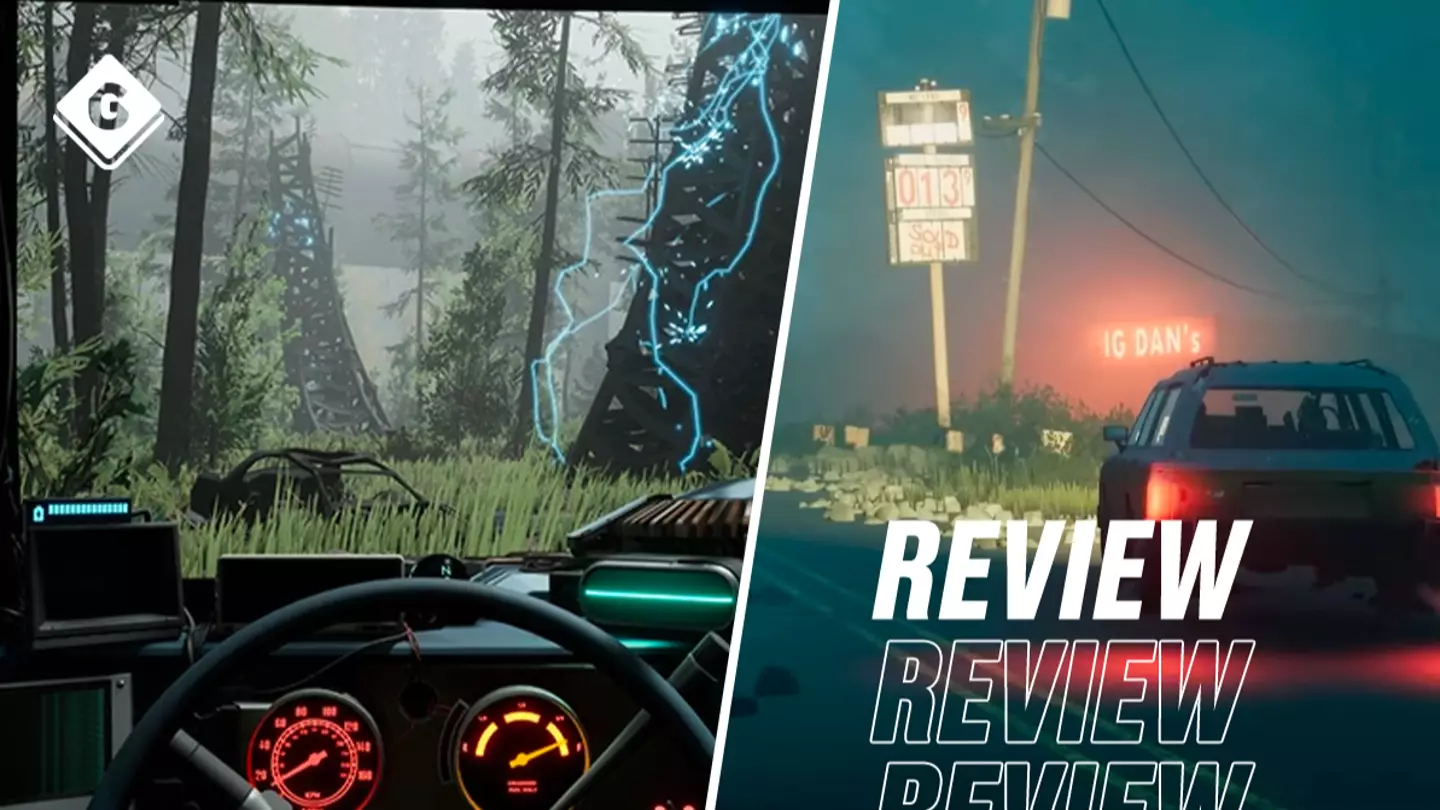
Any old video game can keep you playing for hours on end by simply offering you a good time. Rare is the game that pushes you to the brink of mental exhaustion, punishes you disproportionately for the smallest mistakes, has you storm away from your controller in a genuine rage, and yet still manages to coax you back for more.
Pacific Drive is one such game, my friends. Ironwood Studios’ spooky driving survival simulator is one of the most stressful and altogether infuriating video games I have ever played. Some of its quirks are clearly intentional. Others are, I suspect, less so. And yet, in spite of the fact it frequently fills me with a white-hot rage, I can’t ever seem to put it down for long.
The adventure begins with you, a mute driver, cruising along down a stretch of empty highway, lush forest stretching into view as you turn on the windscreen wipers to clear the flecks of rain that are beginning to throw themselves from the sky. For the first few minutes it’s just you and the open road, a meditative vibe perfectly cultivated and recreated by the developer. There’s a wonderfully tactile feeling to driving, from physically turning the ignition and putting the car in drive, to switching between radio stations. But the good vibes don’t last.
Advert
Before long you’re pulled through a portal and into a large chunk of rural America that was cordoned off decades ago after a series of experiments into harnessing new forms of energy went horribly wrong. Separated from your car and stranded in an area filled with radiation, anti-matter, and all sorts of other things you probably shouldn’t put on your cornflakes, you make your way, on foot, to an abandoned, beaten up old station wagon. You just about manage to get it working and, guided by some mysterious friends via a radio broadcast, make your way to an old garage.
This garage serves as your home, your hub, and the place where you’ll always return to fix up your car after journeys. Pacific Drive is essentially a survival game with roguelike elements. You’ll craft upgrades for your car, outfit yourself with improvements that’ll help you stay alive longer, and outfit the garage itself with more useful tools that can aid you on your quest to escape “The Zone”.
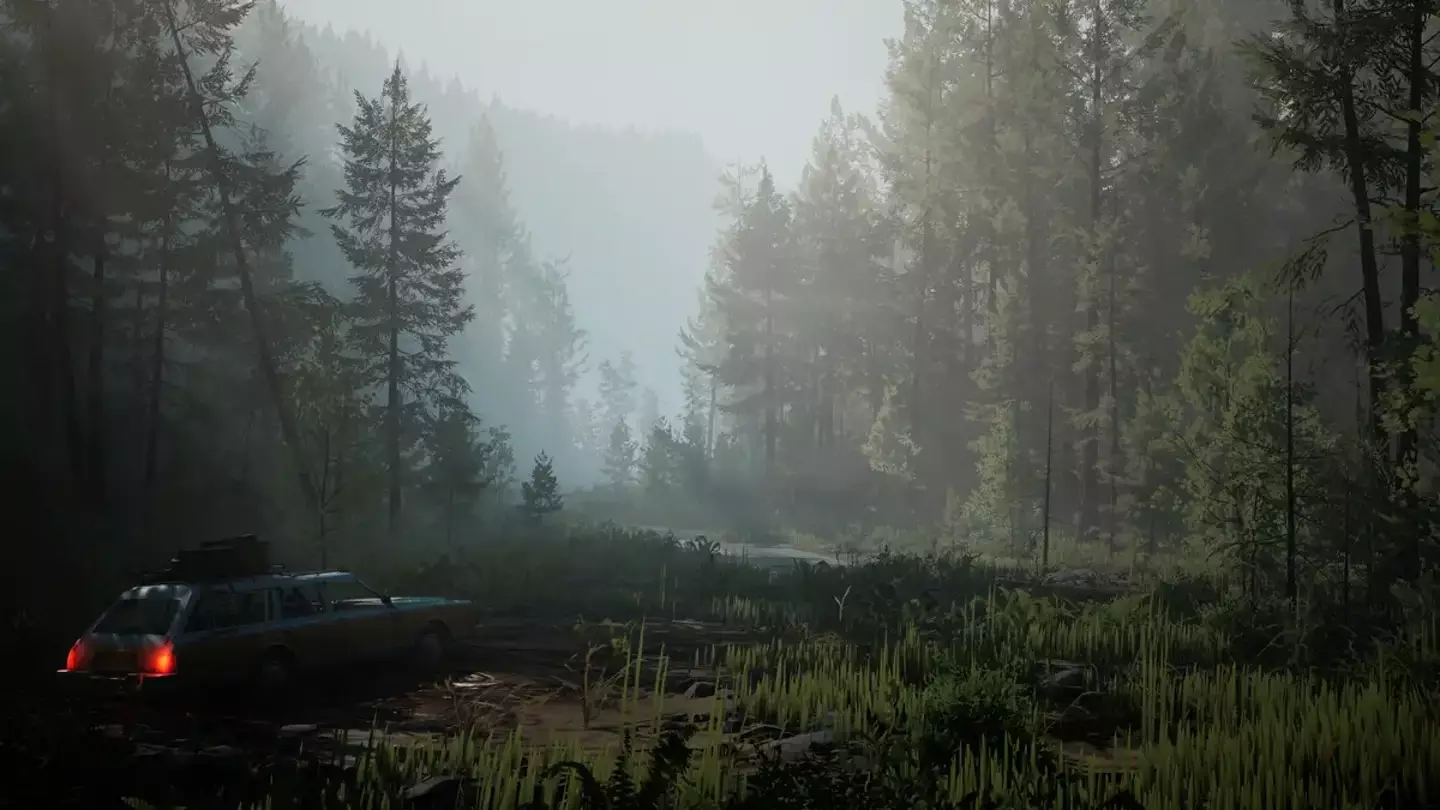
Pacific Drive’s core gameplay loop is simple. As soon as you arrive at the garage you basically use whatever you can get your hands on to get your car into a semi-decent shape. It’s vital to ensure the car is outfitted with functioning tyres, front and rear bumpers, and headlights so you can cut through the dark if you’re planning on night drives. Doors and panels are also a nice bonus, as they’ll afford you some extra protection from the instability of The Zone.
Advert
You’re guided through everything you need to have prepared before you attempt a run thanks to a handy checklist, and the game’s first few hours do a great job of holding your hand through quite a complicated number of systems and menus. After that it’s as simple as picking a route and fast travelling to a procedurally generated destination. Runs involve you navigating a sequence of large open areas that could range from straight runs through abandoned towns or dark stretches of woodland. You’ll use your map to check out points of interest, scavenge supplies where you can, and generally try to stay alive before you’re killed by the elements (or simply drive your car off a hill by mistake). Make it back in one piece, and use what you found out on your drive to fix up the car, implement upgrades, and travel further into the zone on your next run.
Drives are very rarely as easy as they might seem on paper, of course. Aside from the ever-present threat of instability, which will eventually consume the entire map if you don’t move on quickly enough, there are also various “anomalies” to contend with. Patches of corrosive acid, clouds of lightning, exploding crash test dummies, pylon towers that shoot lightning; Pacific Drive nails that classic sci-fi approach of taking the everyday and twisting it into something wrong.
The anomalies work great for the most part, especially during your first few hours with the game. These threats are unknowable, elemental forces of sheer nature. But as you grow more used to the zone, they turn into little more than irritating obstacles, drained of almost all tension. In some of the more chaotic and challenging zones you’ll find anomalies either spring up so fast that you have no time to react to them and end up doing huge damage to your car… or they’re so large and easy to see that avoiding them is less about skill and more about simply stopping the car and driving around them. In either instance, any momentum you had is killed dead.
I also realised quite early on that anomalies are largely much less of a threat when you’re not in your car. There are, of course, ways for you to die when you’re not in your vehicle - namely from background radiation if you tarry too long. But each time I ventured from the safety of my car to explore a darkened house for supplies, I found myself less and less scared. Not because the game had empowered me to feel this way, but because I realised there’s actually very little to be concerned about when exploring on foot. Pacific Drive isn’t really supposed to be a horror in the traditional sense, but it was disappointing just how quickly parking up and getting out to explore the unknown was drained of any real tension.
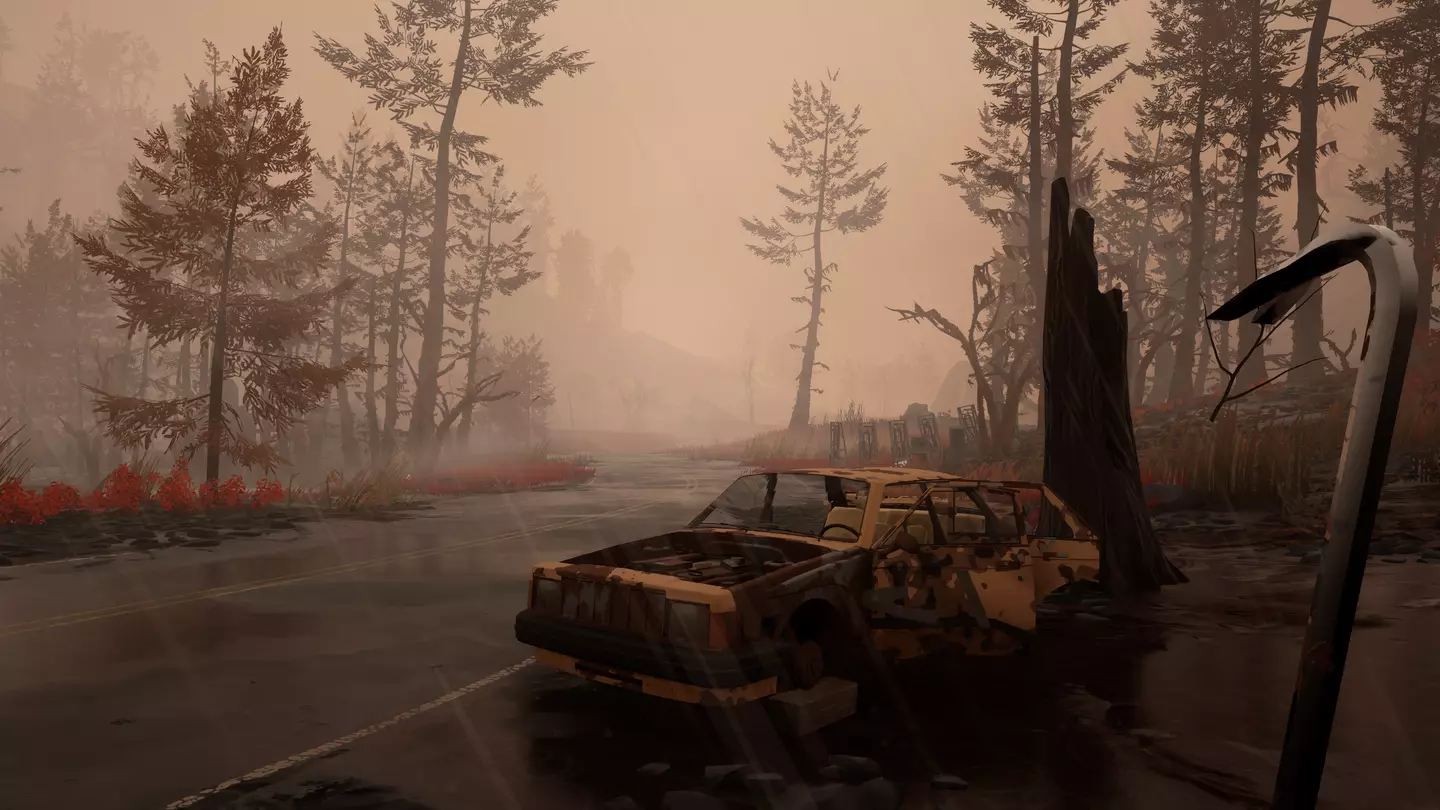
You’ll also find yourself dealing with randomly generated conditions between areas. One zone might be prone to the instability closing in much quicker, meaning you have no time to waste in driving to the exit. The next may be plagued by perpetual darkness, so if your headlights aren’t up to snuff or you didn’t pack enough emergency flares, you’re out of luck. Oh, and to end a run and return to the garage safely, you’ll need to identify and collect “stability anchors” before activating a gateway. The catch? Activating a gateway causes absolute chaos.
Advert
The entire world begins to fall apart around you as you put your foot on the gas and drive furiously towards the glowing orange light. Anomalies spring up, seemingly from nowhere, and your car begins to fall apart, piece by piece, as you desperately will your hunk of metal to move faster before you lose your last scrap of health and fail the run. The stress of it is almost unbearable, and there will be times where you’re sure you’re about to make it to safety before you violently swerve into a wall or your engine explodes.
I discovered early on that failure is the best teacher in Pacific Drive, but it is not necessarily a kind one. Forgot to turn your headlights off before getting out of the car to explore? Your battery is going to drain faster. Didn’t put the car in park before exiting the vehicle? Hope you’ve got your running shoes on, because she’s rolling down that hill into a ditch. I spent my first chunk of time with the game doing everything I could to rush through the main quest markers and progress the story. Big mistake. If you don’t properly plan out your routes and journeys in Pacific Drive, The Zone will eat you alive.
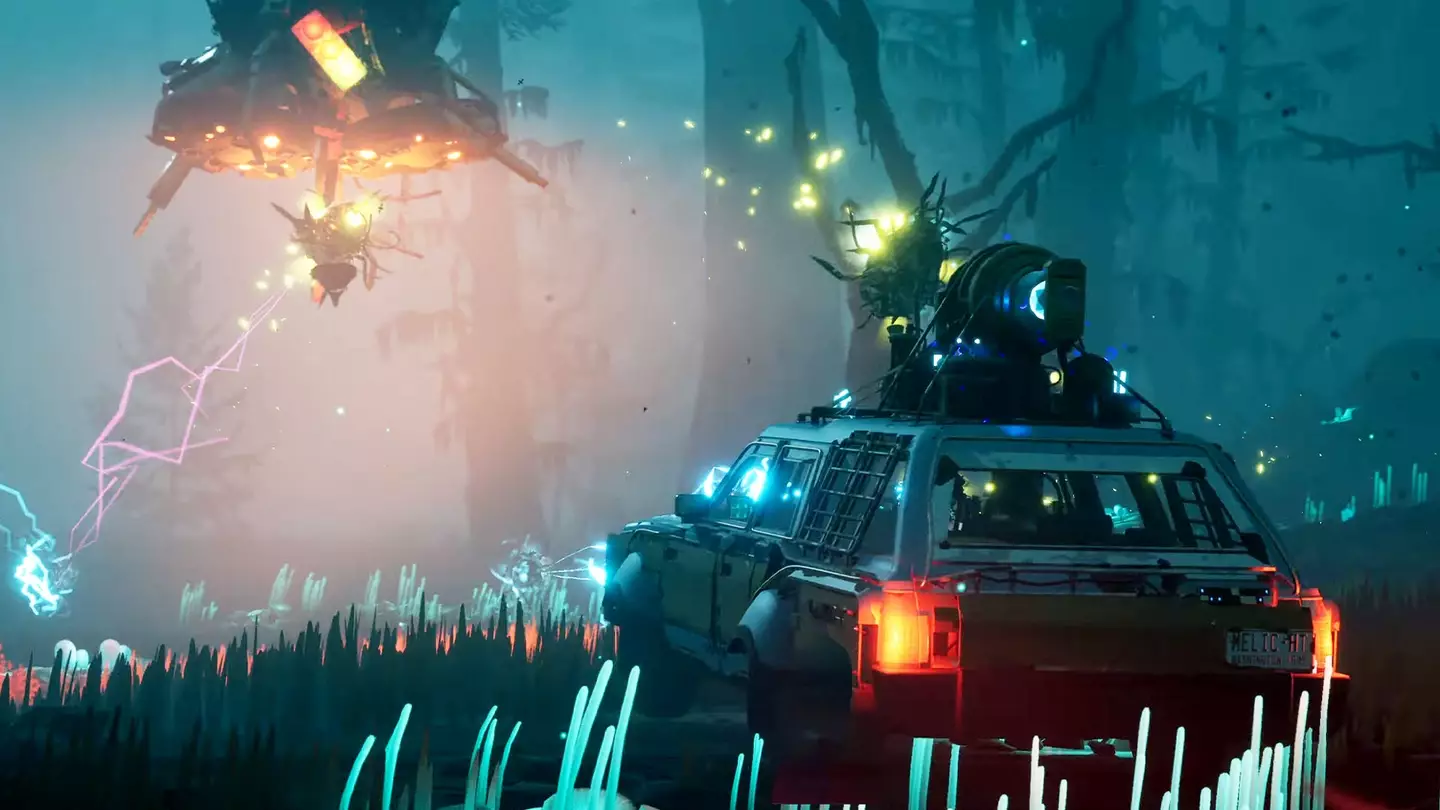
If you don’t make sure your car is in good condition before you head out, it will come back to bite you. It’s your job to make sure you have spare tires, and that you’ve crafted the necessary items to repair broken headlights or smashed windshields. If you end up with a blown tyre and no way to repair it as a wall of anti-matter comes crashing towards you? That’s it, You’re screwed. Game over means you arrive back at the garage with all the damage you did to your car intact but none of the items you picked up. It’s utterly brutal, and on more than one occasion I lost close to an hour of progress by falling at the final hurdle.
Advert
As much as there’s a focus on building, upgrading, and customising your dream car, it’s important you never get too attached to it. Bits are guaranteed to fall off constantly, and you’ll find yourself swapping out engines, doors, headlights, and more between runs quite often. It’s your very own ship of Theseus, though there are a number of cosmetic items that can persist between runs, including new steering wheels, dashboard toys, and bumper stickers for just about every Pride flag you can imagine.
Throughout your journeys, you’ll have to make sure your car stays in good condition, or as good as you can possibly keep it. Your engine will crap out, your tyres will puncture, and your car will randomly decide to make it so that the radio switches songs every time you turn on the wipers just to screw with you. Your car in Pacific Drive is as much antagonist as protagonist. Yes, this can get very annoying at times, but it is also kind of The Point.
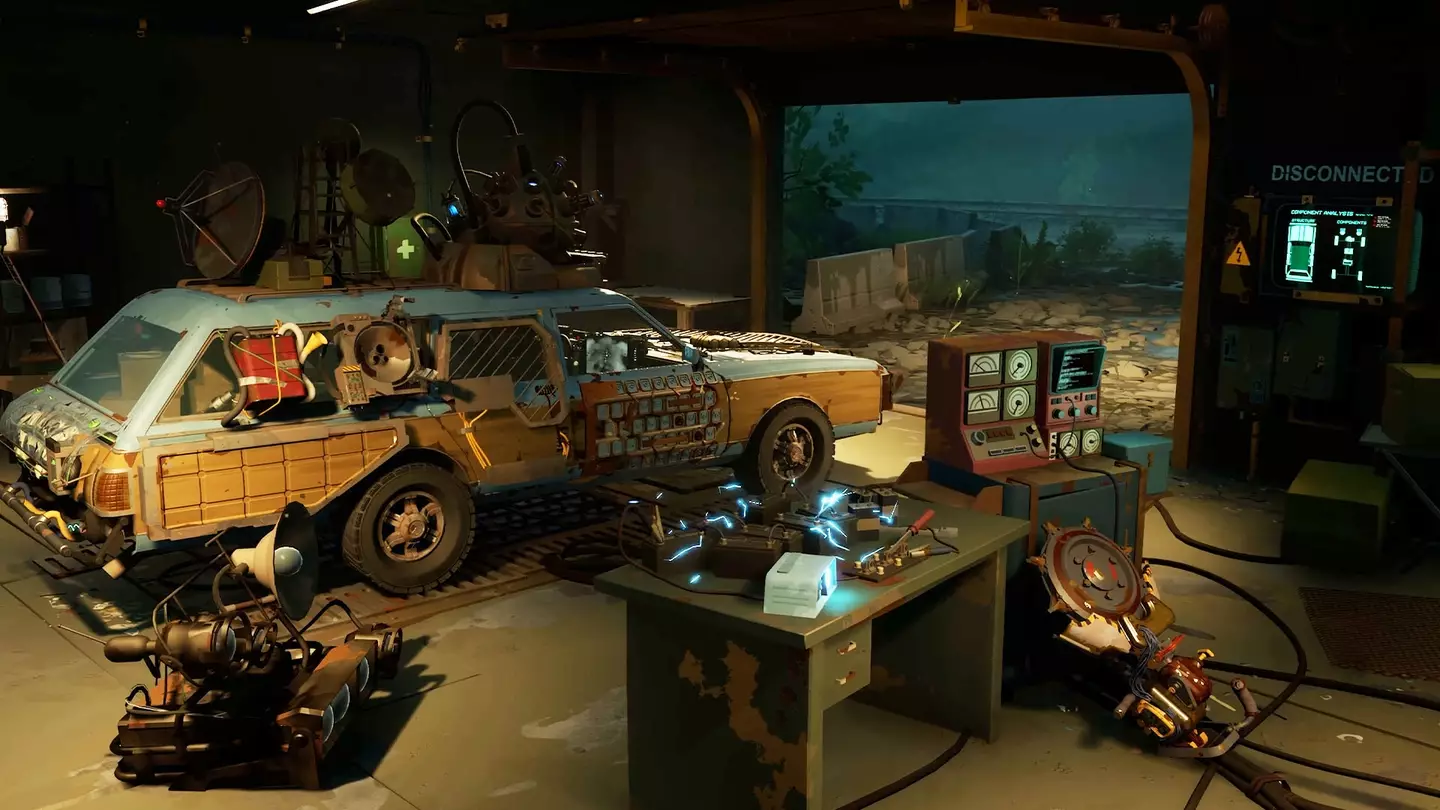
All of which keeps bringing me back to one key phrase: Mileage may vary. Pacific Drive is not a perfect game. It’s frequently too harsh with the player, its menus and systems can take a long while to get to grips with, and there’s a very strong chance you’ll get tired of listening to the same handful of songs on the radio while scavenging the same four or five types of buildings for supplies long before the journey reaches its final destination.
Advert
What you get out of this game will come down to entirely how much you’re willing to put into it. But if you buckle up and brace yourself for the occasional bump in the road, Pacific Drive’s innate style is more than enough to guarantee you one of 2024’s most exciting rides so far.
Pros: Moody aesthetic, great soundtrack, real sense of dread, driving feels tactile and natural
Cons: Fiddly menus, progression can be slow, occasionally feels a little too unfair
For fans of: Outer Wilds, No Man’s Sky, Firewatch
8/10: Excellent
Pacific Drive is out now for PlayStation 5 (version tested) and PC. Review code was provided by the publisher, Sony Interactive Entertainment. Read a guide to our review scores here.
Featured Image Credit: Kepler InteractiveTopics: Indie Games